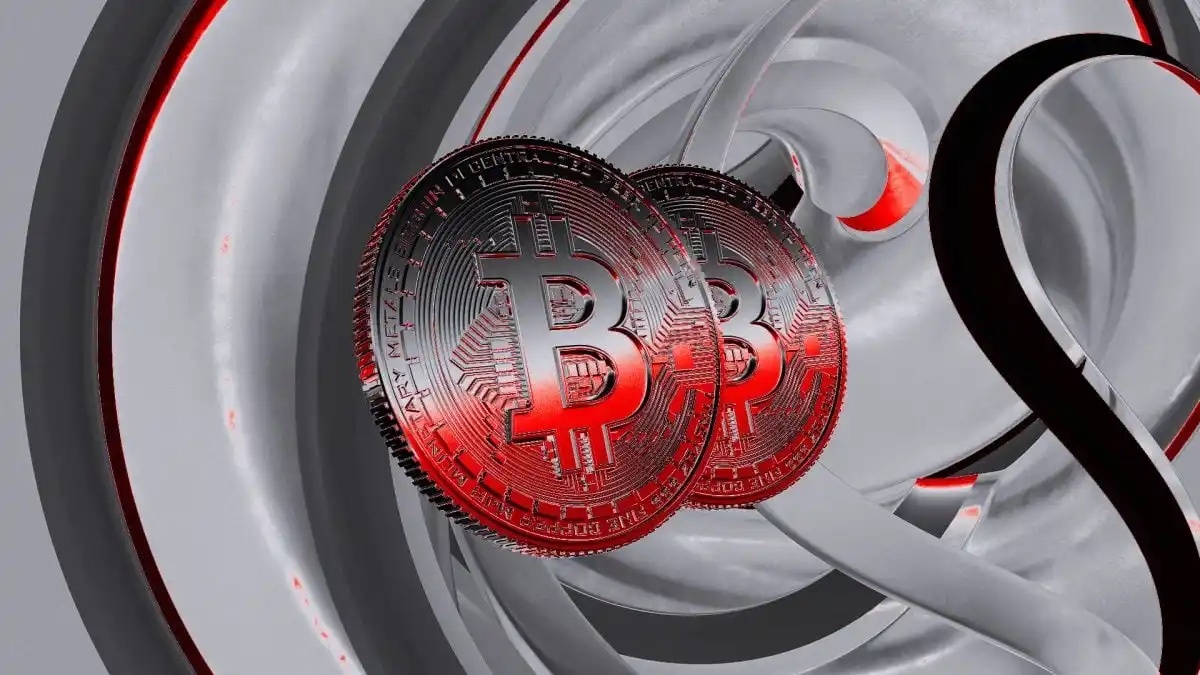Source: Blockworks; Translated by: Wu Zhu, Jinse Finance
In the book "The Innovator's Dilemma", Clay Christensen proposed the concept of disruptive innovation - a product that initially appears to be a cheap imitation but ultimately rewrites the rules of an entire industry.
These products typically start in low-end markets or entirely new markets that existing companies overlook, either because the profits are insufficient or they seem strategically unimportant.
But this is a good starting point: "Disruptive technologies are initially favored by the least profitable customer segments in the market," Christensen explained.
These customers typically desire a product that is initially inferior in traditional performance metrics but is cheaper, simpler, and more accessible.
Christensen used Toyota as an example, which initially targeted budget-conscious customers overlooked by the three major US automakers.
In Christensen's words, established automakers focused on larger, faster, more feature-rich cars, creating a "vacuum beneath them", which Toyota filled with the slower, smaller, and less-equipped Corolla. When launched in 1965, this car was priced at just $2,000.
Today, Toyota is the second-largest automaker in the US, with its Lexus LX 600 luxury SUV starting at $115,850.
Toyota used the Corolla to wedge into the US market and steadily climb the value chain, confirming Christensen's argument: the best way to reach the top is to start from the bottom.
Stablecoins might follow a similar path.
Christensen's disruptors began in niche markets, while stablecoins began in emerging markets.
For Americans with bank deposits, stablecoins are essentially an inferior dollar - they lack FDIC insurance, haven't been properly audited, aren't integrated into ACH or SWIFT systems, and (despite their name) aren't always convertible to 1 dollar.
However, for people outside the US, they are a more advanced dollar - unlike $100 bills, you don't need to hide them, they won't be torn or soiled, and you don't need to exchange them face-to-face.
This makes US dollar stablecoins extremely popular in countries like Argentina - reportedly, one-fifth of Argentinians use them daily - though few in the US can explain what they are.
Of course, Argentina isn't the only place using stablecoins - they're popular among DeFi traders, those who can't pass KYC checks, immigrants remitting money home, employers paying cross-border freelancers, and savers fleeing their country's hyperinflation.
These stablecoins serve customers with insufficient profits for existing banks, so it's initially unimportant that they are inferior to bank-issued currencies.
There was a time when people were so desperate for digital dollars that they seemingly didn't care if Tether's USDT was fully backed.
Since Circle provided a regulated USDT alternative, Tether itself seems to be playing by the rules, and after some stablecoins even began offering yields, their situation has improved significantly.
But is this innovation truly disruptive?
Christensen's institute has a six-part test to determine if an innovation is disruptive:
Are its target customers non-consumers or those over-served by existing suppliers' current products?
Yes - DeFi traders and emerging market savers don't need FDIC-backed US bank deposits (a full US bank account would "over-serve" them), but they do want digital dollars.
Is the product inferior to existing suppliers' current products by historical performance metrics?
Yes - stablecoins have deviated from the 1-dollar peg, dropped to zero (Luna/UST), have high-cost entry/exit channels, and can be frozen without recourse.
Is the innovation easier to use, more convenient, or more affordable than existing suppliers' current products?
Yes - sending stablecoins is easier than sending bank deposits, more convenient for many, and more affordable for some.
Does the product have technological driving factors that can push it upmarket and continuously improve?
Yes - blockchain!
Is this technology combined with a business model innovation that makes it sustainable?
Maybe? Tether might be the most profitable company per employee in history, but if US regulators allow stablecoin interest payments, issuing stablecoins might not be profitable at all.
Do existing suppliers have an incentive to ignore the new innovation and were never threatened from the start?
No. Existing suppliers seem vigilant about the threat and recognize the opportunities.
"Almost always, when low-end disruption occurs, industry leaders actually have an incentive to flee rather than compete with you," Christensen wrote. "That's why low-end disruption is such an important tool for creating new growth businesses: competitors don't want to compete with you; they'll walk away."
Stablecoins might be a rare exception: existing suppliers haven't abandoned this low-cost innovation but seem to be racing to chase it.
In recent weeks, payment giants Visa, Mastercard, and Stripe have all announced new stablecoins; BlackRock's BUIDL fund (seemingly a yield-generating stablecoin) is rapidly attracting assets; US bank CEOs say they will likely issue stablecoins once regulators allow.
This might be because financial executives have read "The Innovator's Dilemma".
Or it might be because stablecoin issuance is very easy.
Christensen defined disruptive innovation as company-driven - startups using low-end beachheads before existing companies take them seriously and capture mainstream markets.
Stablecoins might be similar: Circle's payment network to Circle could be like Lexus to Toyota.
But Circle's competitors aren't as sluggish as Toyota, so contrary to Christensen's theory, early stablecoin innovators could very well be "eliminated from above".
Regardless, the end result might be the same: A recent Citigroup report predicts that by 2030, stablecoins' assets under management could reach $3.7 trillion, primarily due to institutional investor adoption.







